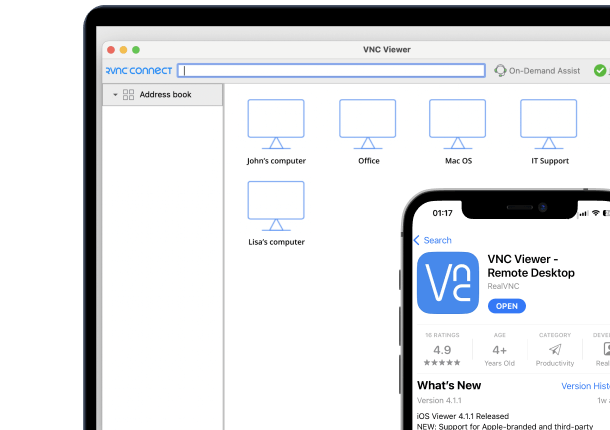The growth of a company and the revenue it generates are directly tied to maintaining happy and motivated staff who are able to learn and retain new skills and develop professionally.
Effective employee training not only allows staff to expand their knowledge, but also leads to higher engagement and productivity. The result of this is an overall improved performance and higher staff retention rates.
A recent study shows how detrimental high employee turnover is to organizations. It was found that replacing employees at middle-management level amounts to around 20% of their annual pay, while replacing upper management and c-level executives can cost up to two years of their salary.
When they join a new company, employees start with a set of expectations about what their training will look like, expectations that should be met. A survey conducted by Skillsoft in the United Kingdom found that workers are particularly interested in training focused around increasing performance.
In particular, 70% of employees think training is essential for developing skills related to their role, and 60% expect that training will help them to get better at what they do. And most importantly, over two-thirds think that training is always relevant, regardless of seniority, and that it isn’t only for new starters.
These studies paint a clear picture: good employee training is a requirement for job satisfaction and failing to deliver it can result in high staff turnover and great costs.
The use of technology to deliver employee training has become increasingly popular since the early 1980s. While the vast majority of organizations adopt technology to support their training programs, it’s essential that the correct training strategies are in place in order to make the delivery effective. Here are some ways your organization can use technology to support staff training:
1.Use technology to make training available to everyone
When it comes to employee training, technology such as online resources and remote access software has enabled an unprecedented degree of flexibility.
Remote working has become a business reality for many companies implementing flexible working policies to increase their talent pool, cut costs, and boost employees’ morale.
While flexible working policies offer many benefits to both staff and organizations, they can make training the mobile workforce more challenging. Employers are facing the prospect of training remote employees who aren’t always able to visit the corporate office where training is delivered.
Technology-driven training removes the geographical barriers that traditionally prevented the delivery of training sessions away from the training location. For example, web-based learning allows employees to access training resources on laptops, tablets, and other mobile devices from anywhere in the world, as long as they have an internet connection.
Remote access software is also an incredibly useful tool when it comes to training a mobile workforce. Instructors are able to coach employees at any time via screen sharing, interacting with their trainees throughout the session, and guiding them through the exercises.
2. Use technology to make training engaging
To produce a real, positive impact, employee training needs to be engaging, regardless of the method of delivery. Training programs that are not designed to engage the audience are at risk of falling flat, as a passive audience will be less likely to retain the knowledge acquired during the session.
A consideration to keep in mind when it comes to choosing the right technology to deliver effective training are the preferences of the audience. For example, millennials and younger generations might prefer mobile-based micro training, as they routinely consume bite-size content on their phones and tablets.
The integration of third generation technology can also be particularly effective in terms of engagement. For example, Virtual Reality (VR) could enhance the training experience by providing an immersive, realistic simulation of the working environment. Augmented Reality (AR) could also be integrated to make information easier to memorize and retain.
3. Don’t remove the human element
While technology can enhance and improve your organization’s staff training program, that doesn’t mean that a human presence is no longer needed.
A human presence serves as an encouraging figure who can answer questions, dispel doubts, and assist attendees whenever the need arises.
Skilled instructors with good people skills also have the power to generate enthusiasm and really engage the audience, the same way a good teacher can make their students passionate about a subject they passively read about in books.
Additionally, some individuals will always thrive more in interactive sessions that include face-to-face interactions rather than impersonal training delivered exclusively by technology.
For these reasons, human instructors supported by the right type of technology can boost the engagement level of the trainees, resulting in effective learning and increased productivity.
4. Use technology to measure the impact
While technology makes employee training more flexible and versatile than ever, it also allows companies to measure its impact more easily. In fact, one of the most significant benefits of technology-based staff training is the ability to accurately assess employee participation and engagement, and to collect training metrics and results.
Online-based training sessions can be easily recorded, together with the results of tests and quizzes taken by the employees, allowing for careful evaluation of the effectiveness of the training. If a training database is used, employers can also track which resources or documents have been used by the trainees, and which ones are the most popular.
—————————————————————————
The use of technology to deliver employee training presents clear benefits to both businesses and employees. Technology can make training resources widely accessible to all staff, regardless of distance and time constraints presented by the employment of a telecommuting workforce.
While the use of technology alone in employee training programs does not automatically translate to higher effectiveness, choosing the right type of technology can boost the engagement and memorability of the session, resulting in prolonged retention of information.






